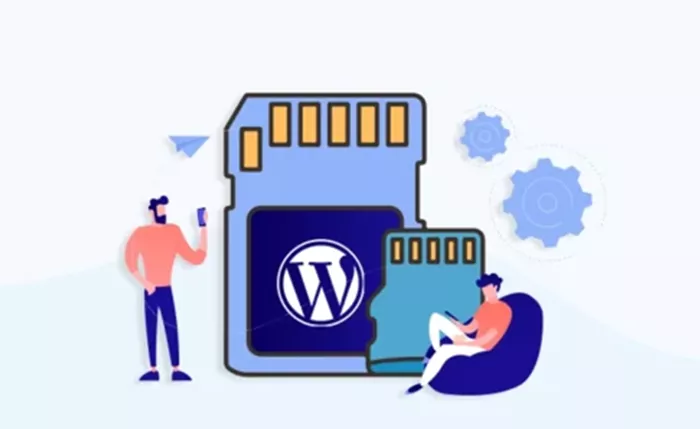When running a WordPress website, encountering a “memory exhausted” error means your site is trying to use more memory than the server allows. While the default memory allocation is usually sufficient for small sites, as you add plugins, themes, and attract more visitors, this limit can become a significant obstacle.
Fortunately, by increasing the memory limit, you can resolve these errors and ensure your site runs smoothly. This article outlines four expert-approved methods to increase the WordPress memory limit quickly and effectively.
Causes of WordPress Memory Limit Errors
Memory limit errors in WordPress often occur because certain plugins or themes consume excessive resources. Plugins with complex features but inefficient coding—such as page builders, security tools, or analytics plugins—are common culprits.
Additionally, uploading large images or videos causes WordPress to generate multiple resized versions, increasing memory use. Background tasks like backups or security scans can also temporarily spike memory demand, resulting in the site exceeding its allocated memory.
Method 1: Increase Memory via wp-config.php File
The wp-config.php file is a core WordPress configuration file. By editing it, you can directly increase the memory limit allocated to WordPress. Setting it to 256MB typically meets the needs of most sites.
This approach is straightforward and does not require server-level access or hosting provider intervention. Simply locate the file and add the necessary code snippet to raise the memory cap.
However, this method is limited by the server’s hard PHP memory cap. If your host sets a low maximum memory limit, adjusting wp-config.php won’t override it.
Method 2: Modify the .htaccess File to Adjust PHP Memory
For websites running on Apache servers with PHP as a module, editing the .htaccess file in the root directory allows you to increase PHP memory limits. This change applies to all PHP scripts on your site.
This method works well on most Apache-hosted environments and provides a server-level override. However, some shared hosts restrict or disallow this configuration in .htaccess, and improper edits can lead to server errors such as HTTP 500.
It is advisable to back up the file before changes and confirm your host’s policy on .htaccess modifications.
Method 3: Adjust Memory Limit Through Hosting Control Panel
Many hosting providers offer control panels like cPanel or hPanel, which include easy-to-use interfaces to adjust PHP settings, including memory limits. This option requires no manual coding.
This user-friendly method reduces the risk of mistakes and lets users quickly raise memory limits by changing values in the control panel and saving the settings.
However, not all hosting plans provide access to these settings, especially lower-tier shared hosting. In such cases, contacting customer support or upgrading your plan might be necessary.
Method 4: Edit php.ini or .user.ini Files to Raise Memory
The php.ini file controls the PHP environment on the server. Some hosts allow users to customize memory limits by creating or modifying their own php.ini or .user.ini files.
This method changes memory limits at the PHP configuration level, ideal for advanced users or those managing multiple sites. While effective, it requires technical knowledge, and some shared hosting plans restrict access to these files.
If unsure how to proceed, it is recommended to consult your hosting provider to avoid misconfiguration that could disrupt your site.
Important Considerations After Increasing Memory
While raising the memory limit helps resolve errors quickly, it is not a cure-all. Efficient resource use remains critical—avoid installing unnecessary plugins or themes that consume excessive memory.
Regularly audit your plugins, optimize images and media files, and monitor background processes for resource use. If memory limits are frequently reached, it may indicate the need for a more powerful hosting solution.
Conclusion
As WordPress sites grow in features and traffic, the default memory limit often becomes insufficient. The four methods discussed here provide flexible ways to increase memory limits depending on your hosting environment.
If these solutions do not work, it usually means your hosting provider enforces strict memory caps. Upgrading to a higher-tier hosting plan or switching providers may be necessary to maintain your website’s stability and performance.
Related Topics
- PayU Plugin Flaw Leads to 5,000 WordPress Accounts Hijacked
- WordPress Plugin Platform Launches Proactive Security Scanning
- Top 10 WordPress Text-to-Speech Plugins to Watch in June 2025

